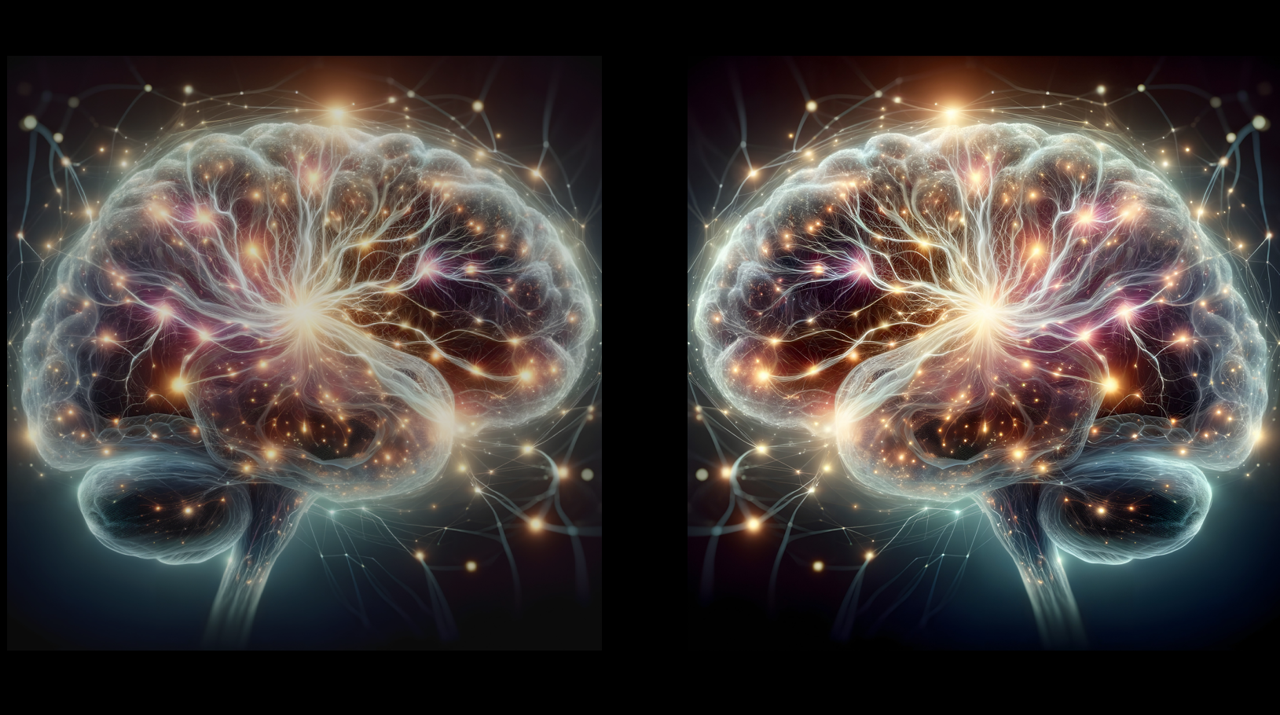CNM for Language

Language is a network!
At its core, language is a network—a system of relationships between ideas, expressions, and meanings—and that network overlays physical reality. CNM captures how different ways of speaking (across topics, disciplines, or even populations) often describe the same underlying truths.
Two humans communicating, to clarify, learn or teach, often rephrase each other’s understanding, based on their own. By mimicking this human process of rephrasing and aligning across perspectives, CNM teaches AI to form new conceptual links—not through brute force, but by understanding the meaning itself. It doesn’t just connect words—it connects ideas.
Most AI models treat language as surface-level word patterns—trained on huge datasets to predict what comes next. CNM works differently. It dives beneath the surface to reveal the deeper structure that connects ideas. It reveals the hidden scaffolding that explains why ideas belong together in the first place.

Aids AI to Uncover Hidden Structure of Meanings
When two languages—or even two fields—describe the same underlying reality in different ways, their differences act like metaphors: tools for expanding understanding through structural overlap. A metaphor doesn’t transfer everything from one domain to another. When we say “the brain is like a computer,” we don’t mean it has wires—we mean both process, store, and transmit information. The insight comes from what they structurally share.
CNM for Language uses this principle computationally. It doesn’t flatten distinct languages, topics, or cultural expressions into a single homogenized system. Instead, it finds where they overlap in meaning and uses those intersections—those shared axes—to expand internal understanding within each language individually.
Each system stays distinct, but becomes enriched by its relationship to others. This allows CNM to treat linguistic and conceptual differences not as noise to eliminate, but as bridges to deeper insight. It enables AI to reason analogically, structurally—more like humans do.

CNM for Language helps AI learn like we do—by finding what’s shared beneath what’s said.
Modern language models (like GPT) learn by consuming vast datasets and associating patterns statistically. They are powerful, but their reasoning is opaque—buried in a black box of probability. They can mimic understanding, but often lack structural clarity or true conceptual grounding. CNM plays a different role. It doesn’t try to generate language—it reveals the hidden structure beneath it.
CNM for Language goes beyond conventional NLP. Rather than memorizing massive datasets or mapping surface-level word associations, CNM reveals the deep conceptual structure behind language—how ideas are organized, related, and reframed across context. It bridges sentences and topics not by keywords, but by the shared intent and function they represent.
In this way, CNM is not another language model—it’s a new kind of infrastructure. It can enhance existing AI systems by adding structural explainability, semantic consistency, and human-like reasoning through rephrasing and structural analogy. Instead of predicting the next word, it helps us understand why words—and ideas—connect the way they do.
By identifying structural meaning that generalizes across domains, CNM unlocks breakthroughs in cross-lingual understanding, semantic search, knowledge discovery, and context-aware AI systems.

